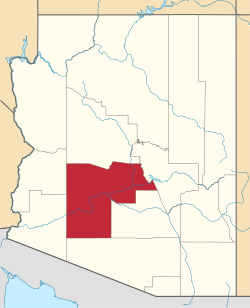- Entrance to Vulture Mine and Vulture City ghost town.
- Vulture Mine, Vulture Mountain and caves.
- Nickel Shaft.
- Entrance to the Vulture Mine gold mine shaft.
- Inside of the entrance of the gold mine shaft.
- Some of the mining equipment once used.
- Vulture City Gate House.
- Vulture City Ghost town houses.
- Vulture City Dynamite House where dynamite and ammo was stored.
- Vulture City Gas Station.
- The Vulture City Workshop.
- The Vulture Mine-Assay office, built in 1884, in Vulture City.
- Side view of the Vulture Mine-Assay office
- Full view of the Vulture_Mine-Assay office.
- Vulture City Chow House where the miners ate.
- The kitchen of the Vulture City Chow House.
- Vulture City Hanging Tree.
- One of the Miners Living Quarters in Vulture City.
- Rita's Brothel in Vulture City.
- The ruins of the Vulture City Saloon.
- The ruins of the Vulture City Post Office which opened in 1880 and whose postmaster was Henry Wickenburg.
- The ruins of Henry Wickenburg's Settlers Home in Vulture City.
 Vulture Mine Marker | |
| Location | |
|---|---|
| Arizona | |
| Country | United States |
| Coordinates | 33°52′44″N112°47′42″W / 33.87889°N 112.79500°W |
| Production | |
| Products | Gold, Silver |
| History | |
| Opened | 1863 |
| Closed | 1942 |
The Vulture Mine was a gold mine and settlement in Maricopa County, Arizona, United States. The mine began in 1863 and became the most productive gold mine in Arizona history. From 1863 to 1942 A.D., the mine produced 340,000 ounces (9,638.8 kgs) of gold and 260,000 ounces (7,370.9 kgs) of silver. [1] Historically, the mine attracted more than 5,000 people to the area, and is credited with founding the town of Wickenburg, Arizona. [2] The town that served the mine was known as Vulture City.























